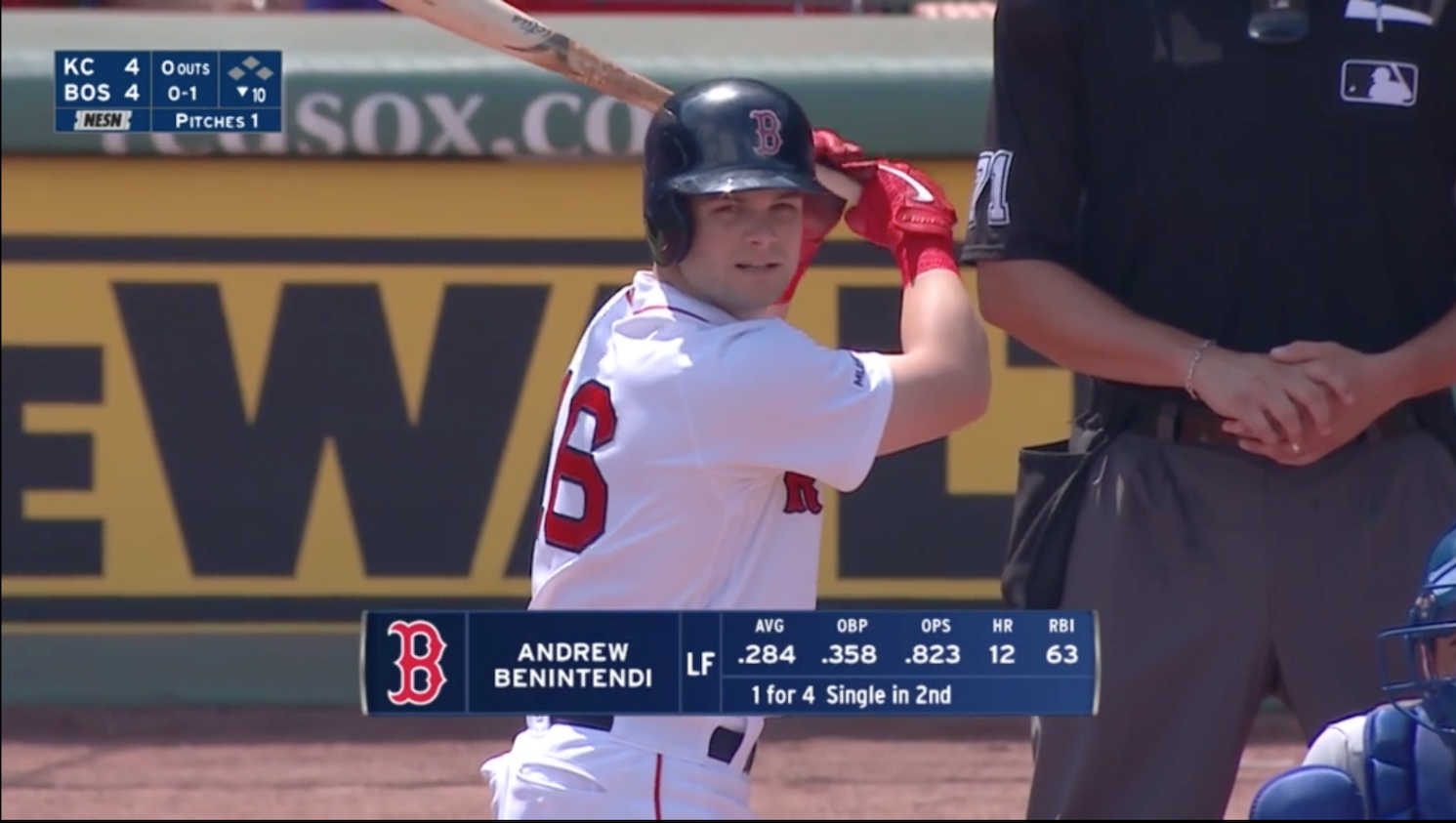The 2019 Arizona Fall League rosters were (mostly) announced today, and we’ve created a tab on THE BOARD where you can see all the prospects headed for extra reps in the desert. These are not comprehensive Fall League rosters — you can find those on the AFL team pages — but a compilation of names of players who are already on team pages on THE BOARD. The default view of the page has players hard-ranked through the 40+ FV tier. The 40s and below are then ordered by position, with pitchers in each tier listed from most likely to least likely to start. In the 40 FV tier, everyone south of Alex Lange is already a reliever.
Many participating players, especially pitchers, have yet to be announced. As applicable prospects are added to rosters in the coming weeks, I’ll add them to the Fall League tab and tweet an update from the FanGraphs Prospects Twitter account. Additionally, this tab will be live throughout the Fall League and subject to changes (new tool grades, updated scouting reports, new video, etc.) that will be relevant for this offseason’s team prospect lists. We plan on shutting down player/list updates around the time minor league playoffs are complete (which is very soon) until we begin to publish 2020 team-by-team prospect lists, but the Fall League tab will be an exception. If a player currently on the list looks appreciably different to me in the AFL, I’ll update their scouting record on that tab, and I may add players I think we’re light on as I see them. Again, updates will be posted on the FanGraphs Prospects Twitter account, and I’ll also compile those changes in a weekly rundown similar to those we ran on Fridays during the summer.
Anything you’d want to know about individual players in this year’s crop of Fall Leaguers can probably be found over on THE BOARD right now. Below are some roster highlights as well as my thoughts on who might fill out the roster ranks.
Glendale Desert Dogs
The White Sox have an unannounced outfield spot on the roster that I think may eventually be used on OF Micker Adolfo, who played rehab games in Arizona late in the summer. He’s on his way back from multiple elbow surgeries. Rehabbing double Achilles rupturee Jake Burger is age-appropriate for the Fall League, but GM Rick Hahn mentioned in July that Burger might go to instructs instead. Sox instructs runs from September 21 to October 5, so perhaps he’ll be a mid-AFL add if that goes well and they want to get him more at-bats, even just as a DH. Non-BOARD prospects to watch on this roster include Reds righties Diomar Lopez (potential reliever, up to 95) and Jordan Johnson, who briefly looked like a No. 4 or 5 starter type during his tenure with San Francisco, but has been hurt a lot since, as have Brewers lefties Nathan Kirby (Thoracic Outlet Syndrome) and Quintin Torres-Costa (Tommy John). Dodgers righty Marshall Kasowski has long posted strong strikeout rates, but the eyeball scouts think he’s on the 40-man fringe. Read the rest of this entry »


